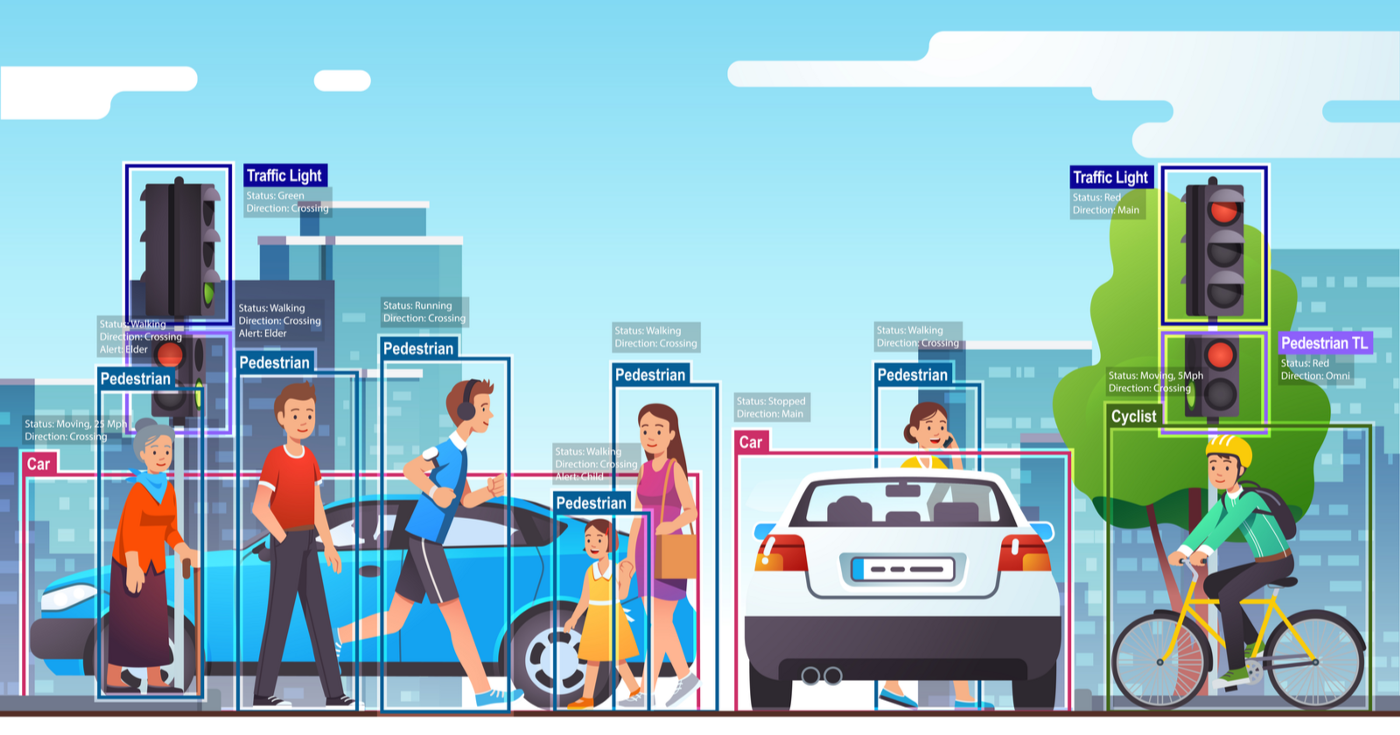
A software that is AI enabled allows for streamlined business automation, effective production management and a great deal of predictive and analytical data, that in the future can be used to mark up the softwares services. It also takes over the responsibility of repetitive data entry from the user, making the process faster and highly efficient. It reduces failure rate and accelerates development, creating a space for automated testing, coding, scheduling and most important of them all decision making in some cases too.
Binari Software's reliable and experienced team helps in developing a customised software for your company to allow you to reap the benefits of AI and optimise profits and output for your company
Deep learning is a branch of machine learning based on a set of algorithms that attempt to model high-level abstractions in data. Deep Learning is a powerful tool for many applications, including image recognition, natural language processing, and recommender systems. And while deep learning has been around for a while, recent advances in computing power and data availability have made it more accessible than ever.
We at Bianri Software provides AI base business solutions as per clients' requirements. Our team is highly trained on Yolo v5 - Yolo v7 with Deep Sort, TensorRT.


Data annotation is the process by which the machine learns to categorise and label information for faster recollection and identification. These labels are then fed into AI run software applications, that help the user when they need to identify an image, video, text, audio or something semantic. Your phones’ fingerprint scanner used to unlock, face recognition, or when you reverse such an image via Google lens, are examples of this.
Image Annotation: In this process based on programming, the computer assigns metadata to images as you would save images on your computer. It does this like one captions images or assigns keywords, which makes it easy to organise and find them at a later time. It is very similar to adding labels to images or segregating them into categories.
Video Annotation: Video annotation is used to label or categorise images. This annotation is later used to train artificial intelligence via which it detects and identifies objects. A little different to the image annotation process, this one labels each frame so machine learning models can recognise them later
Text Annotation: Text annotation is very similar to summarising a big text into a short paragraph. It is a very systematic way of doing this and is a key tool to identify the passage or body of text for when you want to recover it later, identify patterns between multiple texts or even pinpoint keywords across a bunch of texts.
Audio Annotation: Just like text and image, audio annotation is also a form of labelling and classifying sections of an audio file, into various categories like that of sounds made by animals, people, natural sounds, various instruments, etc. It is also like adding markers to a recording to remember where interesting parts of the whole recording lie.
Semantic Annotation: In this annotation process entire documents are tagged with relevant concepts and keywords in the form of metadata, or references. This gives structure to content, makes it easily accessible and easy to interpret and bring up when needed.
The efficient team at Binary Software does all of these annotations to make your job easier and also trains AI to accelerate this process.